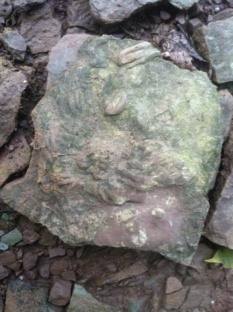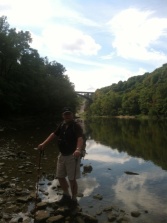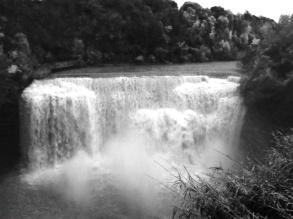Western and Central New York has a rich Native American tradition, past and present.
Recently, at the Liberty Pole, many members of local tribes gathered to protect and celebrate the natural environment.
The Rochester Museum & Science Center’s collection is among the best records of Haudensaunee, and particularly Seneca, material culture in the world. And the Museum yearly hosts Haudensaunee Days.
Beckoning back to our rich Native American history, the auditorium of Charlotte High School is adorned with the WPA murals of Carl Peters.
Previously, George Payne has written about the Casconchiagon site located in Maplewood Park, the enduring political wisdom of the Six Nations Iroquois Confederacy and the 122nd anniversary of the Canandaigua Treaty of 1794.
 Today, George offers the lush and comprehensive: Trailblazers: Reflections from the Ancient Indian Trails of Western and Central New York.
Today, George offers the lush and comprehensive: Trailblazers: Reflections from the Ancient Indian Trails of Western and Central New York.
Photography by George Cassidy Payne
He who would do great things should not attempt them all alone. – Seneca
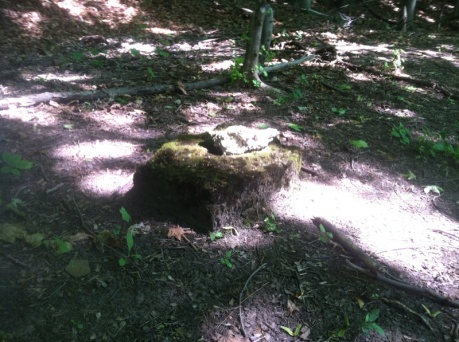
Rock along the Gorge Trail; a well trodden trail by Maplewood Park in Rochester, NY
“[Editor’s Note: The Senecas sold most of their remaining lands for $100,000 and individual cash payments to specific Seneca leaders. Held at Geneseo-then known as Big Tree-NY by Robert Morris with representatives of the United States present, the Treaty reserved twelve tracts of land. Two of these reservations – Squawkie Hill and Gardeau, were in the present boundaries of the Park, another, Caneadea, was a few miles south. The rest of the lands were now open to settlement. Horatio Jones and Jasper Parrish, Indians agents for the United States, interpreted the negotiations between the land speculator, Robert Morris and the Seneca Nation, represented by Red Jacket.]
Robert Morris, probably the richest man in America when he financed the Revolutionary War, was an old man in extremely dire straits when he squared off against the Seneca Indians negotiating the infamous Big Tree Treaty.
Morris, who owned all of Western New York at one time, was a signer of the Declaration of Independence, a confidante of George Washington and a very rich man. He gained much of his riches operating privateer boats during the Revolutionary War. Privateers attacked and boarded English merchant ships and confiscated all their cargo.
After the war, he turned to land speculation with an overriding passion and it became his downfall. Historian Henry W. Clune, in his book “The Genesee,” said Morris was making his last stand for solvency when the treaty was negotiated in 1797.
Clune wrote, “He was 67 at the time of Big Tree; he had five more years to live, and three of these were to be passed in the Prune Street jail for debtors in Philadelphia.” Because of ill health, Robert Morris did not attend the negotiations, but sent his son Tom, who approached the session with great expectations.
The Senecas, likewise, anticipated the council session, but for different reasons. Most were now reluctant to give up any more of their land to the White Man, but converged on the hamlet of Big Tree expecting that “big kettles would be hung” and there would be “a feast of fat things” and much free rum.
Big Tree, now Geneseo, was located on the Genesee River just north of the present Letchworth State Park. The Genesee Valley was the traditional home of the Seneca Nation.
The land transactions of that period were quite complicated. While New York State eventually got sovereignty over state land, Massachusetts claimed title to it. Morris bought all of Western New York from Massachusetts, but the sale was contingent upon gaining title from the Senecas, the true owners.
Morris had struck the deal with Massachusetts, but still needed Indian approval. In the meantime, he sold much of the land to Theophile Cazenove, an agent for the Holland Land Company, but could not get his money until he had cleared the title from the Senecas. He hoped to make enough from the deal to satisfy his creditors.
Hundreds of Indians, many famous Iroquois sachems, or chiefs, attended the meeting and watched Tom Morris start the council fire as negotiations began. Robert Morris had written to his son to ply the Indians with food and gifts, but withhold the whiskey until a treaty was signed.
Tom Morris offered $75,000 for about 4 million acres of land. The Senecas, who had been bested in questionable negotiations by Oliver Phelps and Nathaniel Gorham when they sold most of their land east of the Genesee, were resolved to keep all of their land west of the river.
The negotiations were stalemated. A recess was called, and the next day Morris offered $100,000, but the great Seneca Orator, Red Jacket, said the Indians had already lost much of their traditional land and no amount of money could make them part with any more. The Seneca Chief Cornplanter asked Morris to check his Bible to see if the White Man’s Great Spirit directed them to intrude on Indian property.
Red Jacket, who was noted for his fondness for hard drink, remained a sticking point and the rest of the Senecas listened to his silver-tongued oratory against any land giveaway.”
http://www.oswego.edu/library2/archives/digitized_collections/granger/bigtree.html
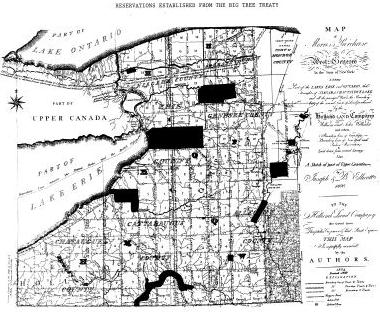
“The Cayuga Nation is known as “The People of the Great Swamp”. Cayugas are one the original five members of the Haudenosaunee “The People of the Longhouse”. The Cayuga Nation’s homeland is found in the Finger Lakes Region of a territory now called New York. Cayuga Lake and its northern shores were the primary locations of many villages of the Cayuga people. They are said to be found between their two brothers, the Onondaga (to the east) and the Seneca (to the west). The Cayuga, Onondaga, Seneca, Onieda and Mohawk are the original members of the Haudenosaunee (or Iroquois Confederacy). Their way of life was admired by many of the founding fathers of the United States of America. Many goverance principles of the Haudenosaunee were installed into the American form of governance. These principles were given to the Haudenosaunee as gifts from the Peacemaker.”
http://www.cayuganation-nsn.gov/About/TribalHistory

George Payne

The United States having thus described and acknowledged what lands belong to the Oneidas, Onondagas, Cayugas, and Senecas, and engaged never to claim the same, nor to disturb them, or any of the Six Nations, or their Indian friends residing thereon and united with them, in the free use and enjoyment thereof.
Article IV of Canandaigua Treaty 1794
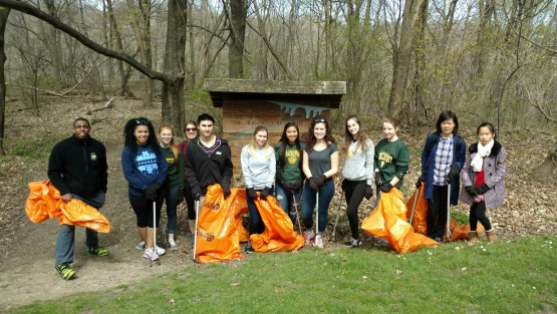
SUNY Brockport students cleaning up Seth Green Trail
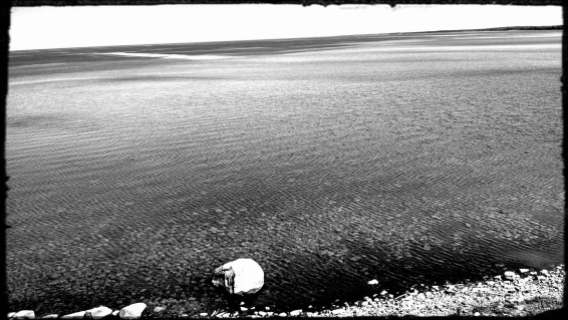
Seneca Lake
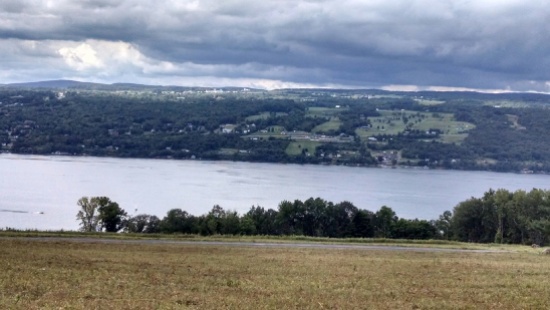
Seneca Lake in Watkins Glen, NY
A good chief gives, he does not take. – Mohawk
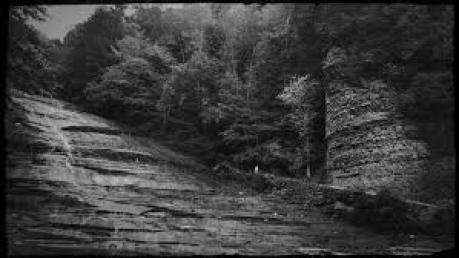
Buttermilk Falls in Ithaca, NY
“Following the Revolutionary War, in 1779, General George Washington commissioned General John Sullivan and James Clinton to destroy the Cayugas and other members of the Haudenosaunee. These two Generals led 6,200 troops into many villages and crop fields of the Cayugas and the Haudenosaunee and destroyed them. There was no complete victory over the Haudenosaunee. Although many tribal members and bands of each tribe were scattered (to Ohio, Canada and Buffalo Creek) because of this campaign, there remained a few to negotiate a Treaty with General Washington. Cayugas that relocated to Ohio were later moved to a territory now called Oklahoma. Cayugas that relocated to Canada now reside on the Grand River Reservation at Six Nations. The Cayugas that remained, negotiated with the first president of the United States of America.
On November 11th, 1794 the Cayuga Nation along with the other members of the Six Nations (or Haudenosaunee) signed the Treaty of Canandaigua. This Treaty established peace between the United States and the Six Nations of the Haudenosaunee. This treaty established peace for needs of the United States, but it also provided for the sovereignty for each Haudenosaunee Nation within its lands. It established explicit Federal Powers of the United States over the state of New York. It grandfathered previous treaties made between the state of New York and Haudenosaunee Nations, but also established jurisdiction over the state of New York as it pertained to Indian Affairs and Indian transactions. This treaty remains in full force today.
Over a series of illegal land transactions and treaties, the New York State has taken all the lands of the Cayuga Nation. In accordance with the Treaty of Canandaigua and the Constitution of the United States of America, the State of New York neglected to seek Federal approval for these land transactions and claimed powers of the state in Indian Affairs, for which they have none. As a result, the State of New York still claims that the Cayuga Nation has no reservation and will not permit the Cayuga Nation free use and enjoyment of a Treaty established reservation. The Cayuga Nation continues to fight for its Treaty Rights today and will continue to seek to have these rights upheld by the State of New York and the United State of America.”
http://www.cayuganation-nsn.gov/About/TribalHistory
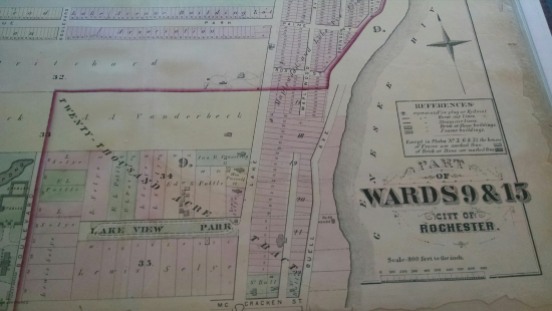
Rochester maps of yesteryear outline the routes of a trail system that began hundreds of years before the arrival of Europeans.

Mendon Ponds in the early morning
“Mendon Ponds Park is the largest Monroe County Park with 2,500 acres of woodlands, ponds, wetlands and glacially created landforms. In 1969, it was named to the National Registry of Natural Landmarks due to its geologic history and presence of significant kames, eskers, and kettles.”

Bottom of Seth Green Trail (an ancient Seneca trail)
The Haudenosaunee rejects the claim by the United States that we are its citizens. We remind the United States of the Two Row Wampum and the Canandaigua Treaty, stating our sovereignty as a Nation
Onondaga Council letter to President Coolidge 1924 Citizen Act

Peering out behind the pines in Ellison Park
Tell me and I’ll forget. Show me, and I may not remember. Involve me, and I’ll understand. – Tribe Unknown

Thousands of arrowheads and tools have been found along these ancient footpaths

Modern day footprints cover the same trails that our ancestors did 10-15,000 years ago

Man has responsibility, not power. – Tuscarora

Crow feather at King’s Landing in Rochester, NY
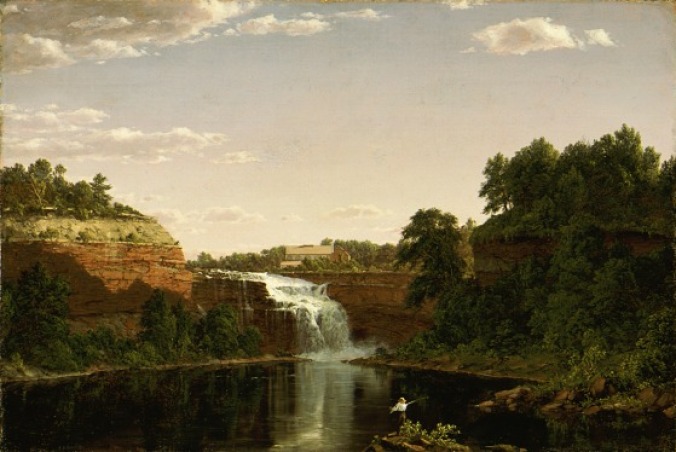
Native American fisherman would have recognized this scenery
Native American Ten Commandments
- Treat the Earth and all that dwell therein with respect
- Remain close to the Great Spirit
- Show great respect for your fellow beings
- Work together for the benefit of all Mankind
- Give assistance and kindness wherever needed
- Do what you know to be right
- Look after the well-being of Mind and Body
- Dedicate a share of your efforts to the greater Good
- Be truthful and honest at all times
- Take full responsibility for your actions
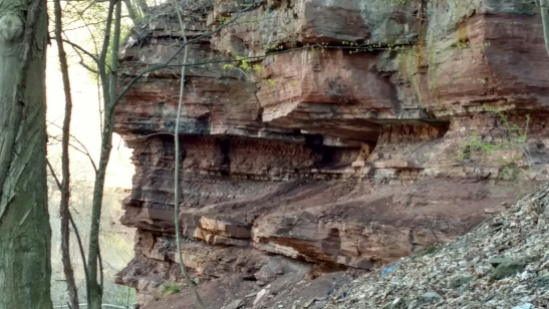
Red sandstone cliffs along the Genesee River gave shelter and inspiration to Seneca hunters
“Red Jacket (known as Otetiani in his youth and Sagoyewatha [Keeper Awake] Sa-go-ye-wa-tha because of his oratorical skills) (c. 1750–January 20, 1830) was a Native American Seneca orator and American Revolutionary War, when the Seneca as British allies were forced to cede much land, and signed the Treaty of Canandaigua (1794). He helped secure some Seneca territory in New York state, although most of the people had migrated to Canada for resettlement after the Paris Treaty.
His talk on “Religion for the White Man and the Red” (1805) has been preserved as an example of his great oratorical style.”

Today we have gathered and we see that the cycles of life continue. We have been given the duty to live in balance and harmony with each other and all living things. So now, we bring our minds together as one as we give greetings and thanks to each other as People. Now our minds are one.
Excert from Thankgiving Address that the Haudenosaunee recite whenever they gather.

Seneca Park
I have uprooted The Great White Pine Tree. In this cavern we shall toss our weapons of war and bury the hatchets of hatred as we replant the Tree of Peace. On top of this tree a will place an eagle to watch for any dangers that may come to endanger this peace. I will also send out 4 white roots of peace. If anyone seeks peace, they can trace the roots back and find shelter here.
Peacemaker to the Mohawk, Oneida, Onondaga, Cayuga and Seneca.

“The Seneca Trail started/ended in western New York near present-day Niagara Falls; it had been used for centuries by the Seneca of the Iroquois and previous peoples around the Great Lakes. In 1775 the twelve united colonies entered into an agreement concerning the use of Native American paths and the roads:
Brothers: It is necessary, in order for the preservation of friendship between us and brothers of the Six Nations (Iroquois) and their allies, that a free and mutual intercourse be kept between us; therefore we, Brothers: The road is now open for our brethren of the Six Nations and their allies, and they may now pass as safely and freely as the people of the Twelve United Colonies themselves. And we are further determined, by the assistance of God, to keep open and free for the Six Nations and their allies, as long as the earth remains.
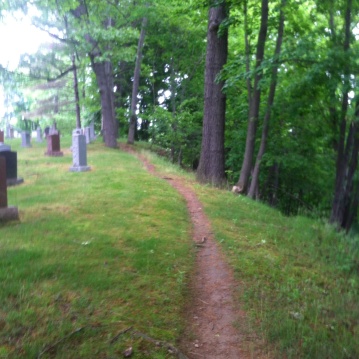
The Expedition you are appointed to command is to be directed against the hostile tribes of the Six Nations of Indians, with their associates and adherents. The immediate objects are the total destruction and devastation of their settlements, and the capture of as many prisoners of every age and sex as possible. It will be essential to ruin their crops now in the ground and prevent their planting more. I would recommend, that some post in the center of the Indian Country, should be occupied with all expedition, with sufficient quantity of provisions whence parties should be detached to lay waste all the settlements around, with instructions to do it in the most effectual manner, that the country may not be merely overrun, but destroyed.
General George Washington’s orders to destroy all Haudenosaunee men, women and children, 1778

Letchworth State Park
“The beautiful Genesee River Gorge runs through 17-mile Letchworth State Park. Anyone who has hiked within the park has walked in the footsteps of the Senecas, where many trails were created by these native people as they hunted, fished and went about their daily lives in villages nestled among the woods. Now known as the Grand Canyon of the East, the park was once called Sehgahunda, or “Vale of Three Falls” by the Seneca people.
One of the region’s inhabitants was Mary Jemison, who was captured at age 15 by a French and Shawnee raiding party during the French and Indian War, then adopted by the Seneca tribe. She became Dehgewanus, and was later known as the “White Woman of the Genesee.” Jemison lived in the park for more than 60 years until, in 1831, she moved to the Buffalo Creek Reservation, where she passed away in 1833.
William Pryor Letchworth, an industrialist and early conservationist, fell in love with the Genesee Gorge, where he bought property and built his Glen Iris Estate in 1858, now known as the Glen Iris Inn. Letchworth was respected by the Senecas for his efforts to protect the land and its native people.
After her death, Jemison’s grandchildren contacted Letchworth, who had Dehgewanus’ remains returned to the park, and erected a granite marker and statue as a memorial. He moved the house she built for her daughter, Nancy, next to the marker, and when he discovered a Revolutionary War-era Council House in Canadea, New York, he moved it there as well. At his invitation, the last Seneca Council fire was held in that Council House in 1872.”
SEE ALSO
Want to Make America Great Again? Respect Contributions of Native Americans










